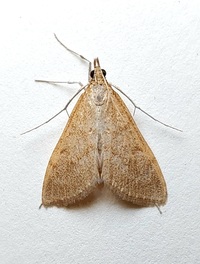
| Recorded by: Mark Basinger on 2025-09-23
Wilson Co.
Comment: | 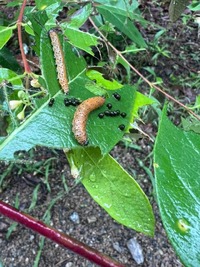
| Recorded by: Christina Boucher Reynolds on 2025-05-28
Moore Co.
Comment: |
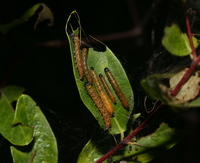
| Recorded by: David George on 2024-09-08
Durham Co.
Comment: | 
| Recorded by: Mark Basinger on 2024-07-02
Jones Co.
Comment: |
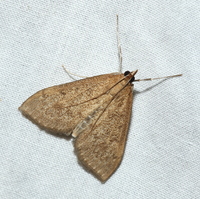
| Recorded by: David George, Stephen Dunn, Jeff Niznik, Patrick Coin on 2024-06-22
Chatham Co.
Comment: | 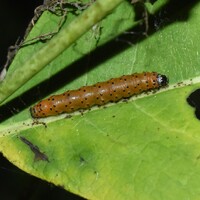
| Recorded by: David George, Jeff Niznik on 2024-06-10
Chatham Co.
Comment: |

| Recorded by: Mark Basinger on 2024-06-09
Rowan Co.
Comment: | 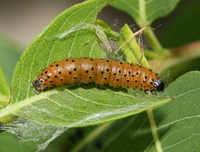
| Recorded by: David George on 2024-05-21
Wake Co.
Comment: |
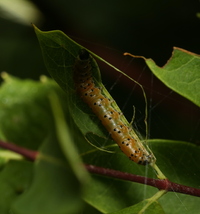
| Recorded by: David George on 2023-09-03
Durham Co.
Comment: | 
| Recorded by: David George on 2023-08-29
Chatham Co.
Comment: |
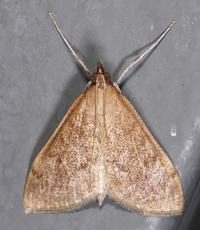
| Recorded by: John Petranka on 2023-07-10
Person Co.
Comment: | 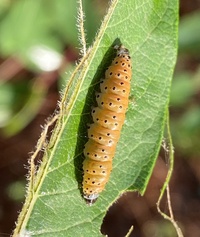
| Recorded by: David George on 2023-06-22
Durham Co.
Comment: |
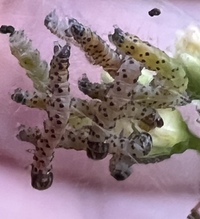
| Recorded by: Stephen Dunn on 2023-06-05
Orange Co.
Comment: | 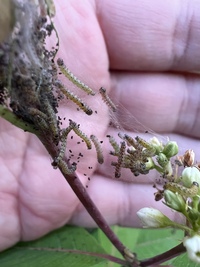
| Recorded by: Stephen Dunn on 2023-06-05
Orange Co.
Comment: |
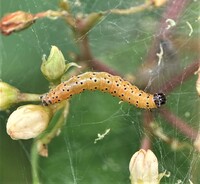
| Recorded by: Dean Furbish on 2023-05-18
Wake Co.
Comment: | 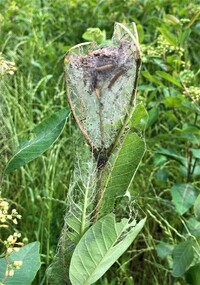
| Recorded by: Dean Furbish on 2023-05-18
Wake Co.
Comment: |
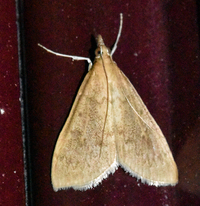
| Recorded by: Emily L Stanley on 2023-05-12
Yancey Co.
Comment: | 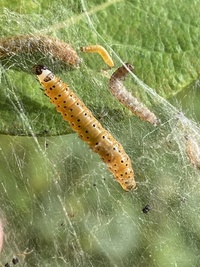
| Recorded by: David George on 2022-08-29
Durham Co.
Comment: |
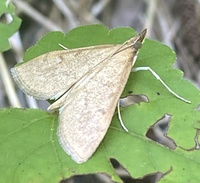
| Recorded by: David George on 2022-07-29
Durham Co.
Comment: | 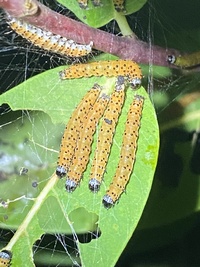
| Recorded by: David George, L. M. Carlson on 2022-07-14
Orange Co.
Comment: |
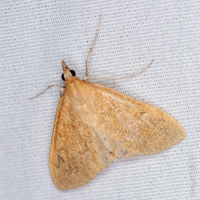
| Recorded by: David George, L. M. Carlson on 2022-07-03
Orange Co.
Comment: | 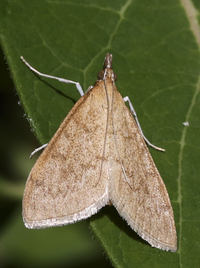
| Recorded by: John Petranka on 2022-06-28
Durham Co.
Comment: |

| Recorded by: David George, L. M. Carlson on 2022-06-12
Orange Co.
Comment: | 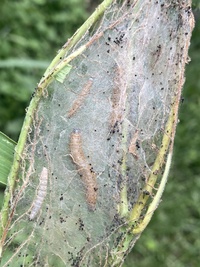
| Recorded by: David George on 2022-06-04
Orange Co.
Comment: |
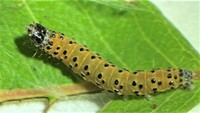
| Recorded by: Dean Furbish on 2022-05-22
Wake Co.
Comment: | 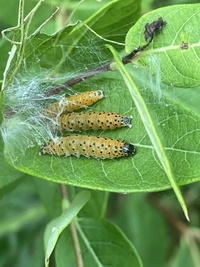
| Recorded by: David George on 2021-09-01
Durham Co.
Comment: |
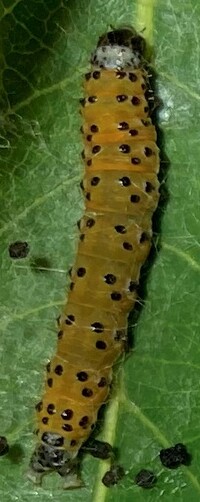
| Recorded by: Dean Furbish on 2021-08-19
Wake Co.
Comment: Several communal woven-leaf nests found on Dogbane plants, each nest containing several larvae. | 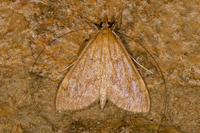
| Recorded by: David L. Heavner on 2021-08-16
Chatham Co.
Comment: |
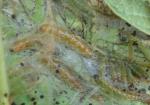
| Recorded by: F. Williams, S. Williams on 2019-08-04
Bertie Co.
Comment: | 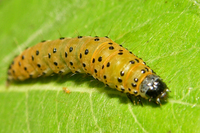
| Recorded by: Owen McConnell on 2018-06-06
Orange Co.
Comment: Folded in a Dogbane (Apocynum cannabinum) leaf |
|

 »
»


























